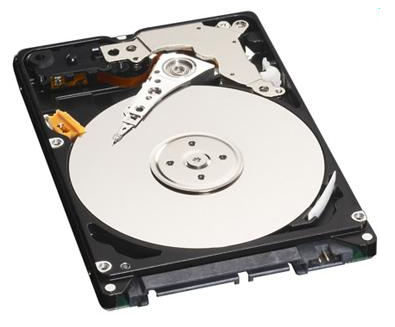How to Create a Virtual Hard Drive in Windows 8

Like Windows 7, Windows 8 also supports the creation and use of Virtual Hard Drives (VHD). A virtual hard drive is a great way to set aside a specific amount of data storage space to be used as a separate hard drive from your current partitions. You can either choose to copy files to the new partition or even install other operating systems (Linux, Ubuntu etc). If you have ample free space on your current drives and want to spare some for a virtual hard drive, follow the steps given below.
Instructions
-
1
First you need to access the Disk Management interface, which can be done by right clicking on the ‘Start’ button in Windows 8 (located on the bottom left corner). Select ‘Disk Management’ from the bar that pops up to proceed.
-
2
In the Disk Management interface you need to click the ‘Action’ button in the top bar, right next to the file ‘File’ option. Now you need to select the ‘Create VHD’ option from the drop-down menu to see the Create and Attach Virtual Hard Disk dialogue.
-
3
Here you need to enter the location where you wish to save the .vhd file, the format of the file and the type. In order to avoid compatibility issues it is recommended that you go with VHD format instead of the VHDX format. As for the type of drive, you can select the fixed size type instead of dynamic. A fixed size drive has a set size which will not change but a dynamic size drive changes, increasing or decreasing size as files are added or deleted.
-
4
Once you have set all these options your virtual drive will be visible in the Disk Management window but you will need to initialize it before you can start using it. Right click on the drive in the management option and select ‘Initialize Disk’ from the drop-down menu. From the next dialog box choose the disk and select the MBR (Master Boot Record) style.
-
5
Now you have to create a valid volume for the virtual hard drive, and you can do that by right clicking on the unallocated drive space shown in the Disk Management window. Select ‘New Simple Volume’ and then set the maximum drive size in the dialogue box.
-
6
Now you can finally assign a letter to the virtual drive and finalize it to start using it. The virtual drive will now be visible in My Computer just like the other physical drives and you can use it like a normal drive partition.







